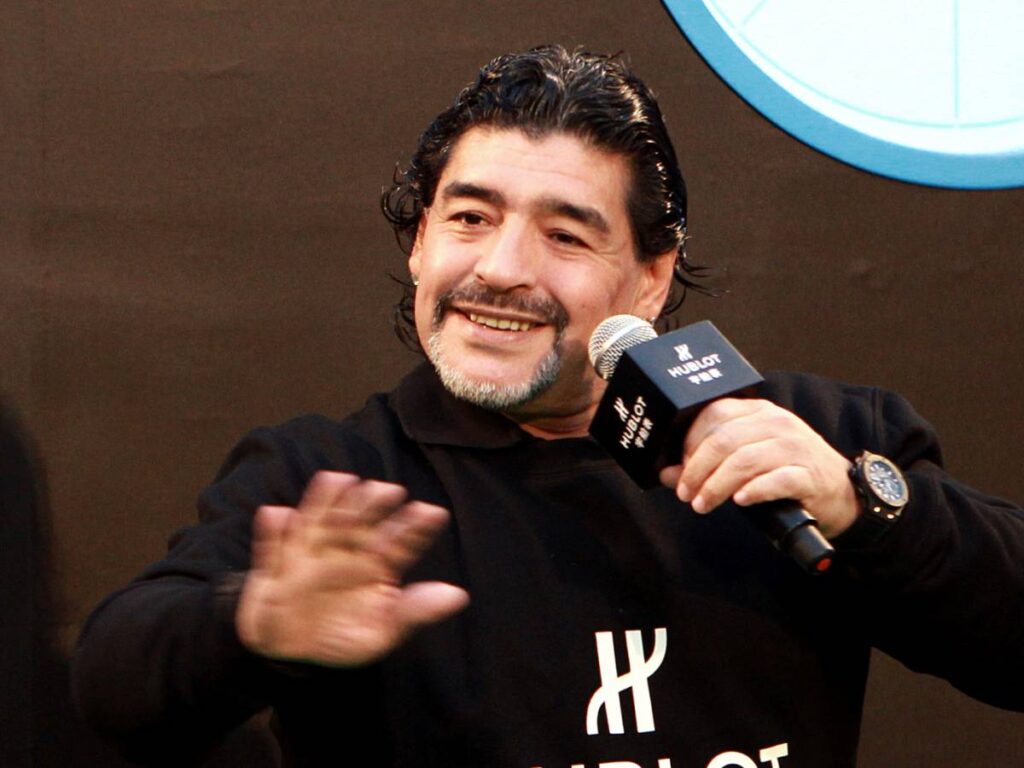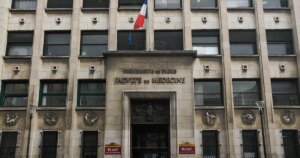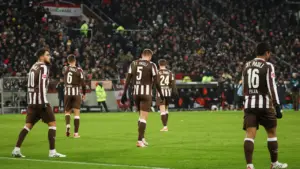
On November 25 2020 news of his death Diego Armando Maradona rocked the world of international sports. The Argentinian midfielder suffered from acute pulmonary edema complicated by chronic heart failure at the age of 60; the final tragic chapter in a life lived on the edge of success, fame, addiction and controversy.
From poverty to the top of the world
Born on October 30, 1960 at Villa Fiorito, poor suburbs from Buenos Aires, Diego Armando Maradona was not only an extraordinary footballer but also a man who, for better or worse, became a symbol of redemption. A precocious talent – at the age of 9 he was already playing at Los Cebollitas, the youth team of Argentinos Juniors – Maradona showed all his talent first at Boca Juniors and then at Barcelona but it was in the uniform of Napoli and the Argentine national team, in 80sthat blew up and fans fell in love with it. “I want to be an idol for the poor children of Naples, because they were just like me when I lived in Buenos Aires”he said on July 5 1984 during a presentation at the San Paolo stadium in front of 70 thousand spectators. And that’s how it is.
In the field El Pibe de Oro he represents pure talent, rebellious creativity and skill: he is capable of change destiny game with one flash. Like when in 1986, during the World Cup in Mexico against England in the quarter-finals, he scored what was considered the goal of the century – with an extraordinary individual action sparked from midfield – and a few minutes later he scored the second goal with his hand and Maradona himself handed over responsibility for the goal to “mano de Dios”.
Weaknesses and Golden Balls
Diego Armando Maradona was also a man with a lot of fragility, shadow and contradictions, which makes the myth more human and closer to society. In the 1990s, Diego Maradona’s imagery changed drastically, turning the champion into a tortured figure. After winning with Napoli and peaking at the 1986 World Cup, his dependence from cocaine, which had begun years earlier, became increasingly apparent. In 1991 he tested positive in an anti-doping test and came disqualified for more than a year; an episode that marked a definitive break with the Neapolitan club and opened a phase of personal collapse for the footballer. Returning to Argentina, Maradona was arrested in an apartment for drug possession with cameras documenting the public humiliation.
To complicate things, heavy ones are added tax fees in Italy, which lasted for years and led to confiscation of his assets and new problems every time he set foot in the country again. In 1994, after returning to fitness for the World Cup in the United States and scoring a wonderful goal against Greece, Maradona again tested positive for doping and was expelled from the tournament.
“Expulsion” marks his inevitable departure from the scene, which is simply an assignment Golden Ball for his career, received in 1995, he managed to repay the deserved award, at least partially correcting the injustice of the regulations that for many years had excluded him from the prizes reserved for European champions.





